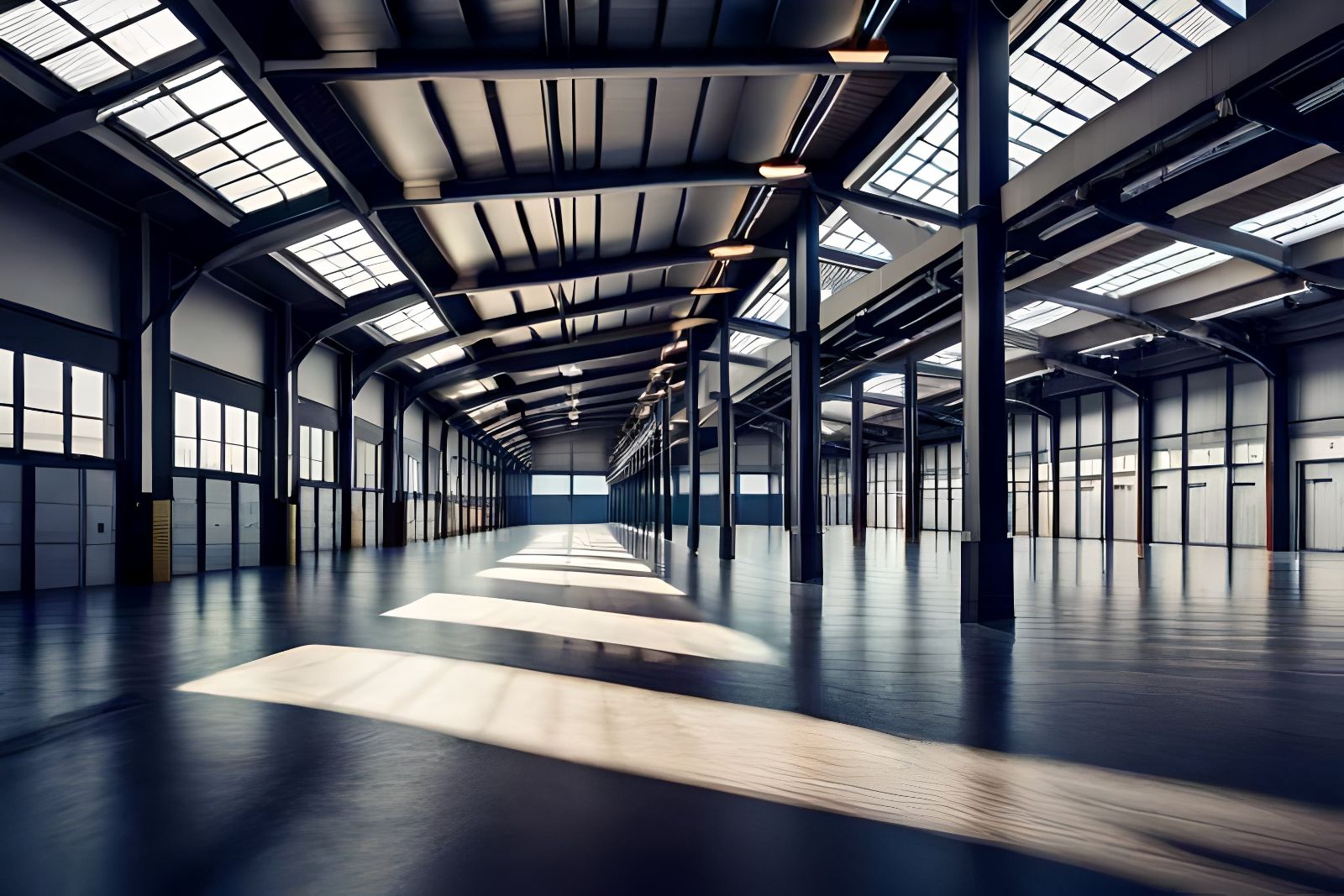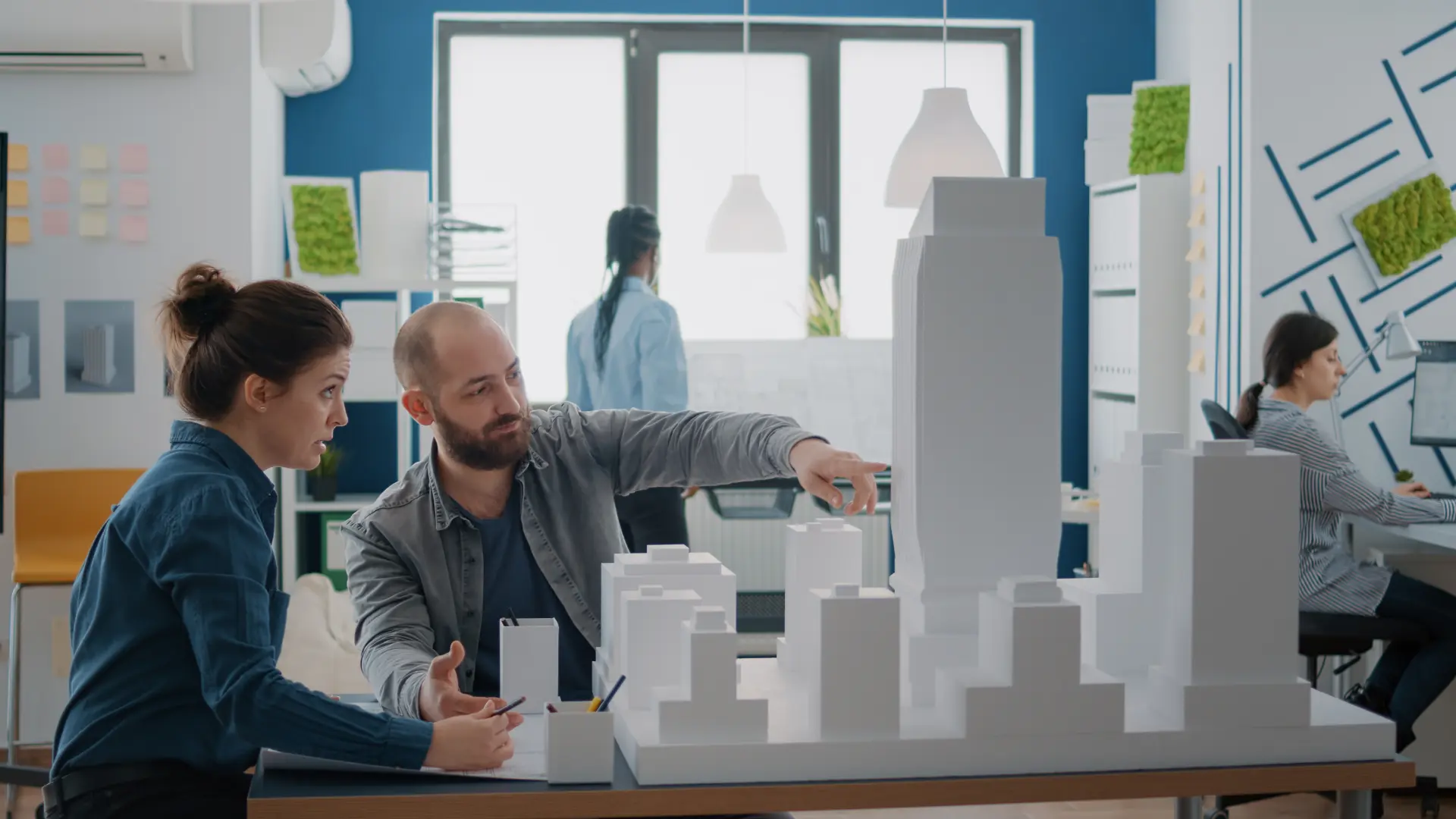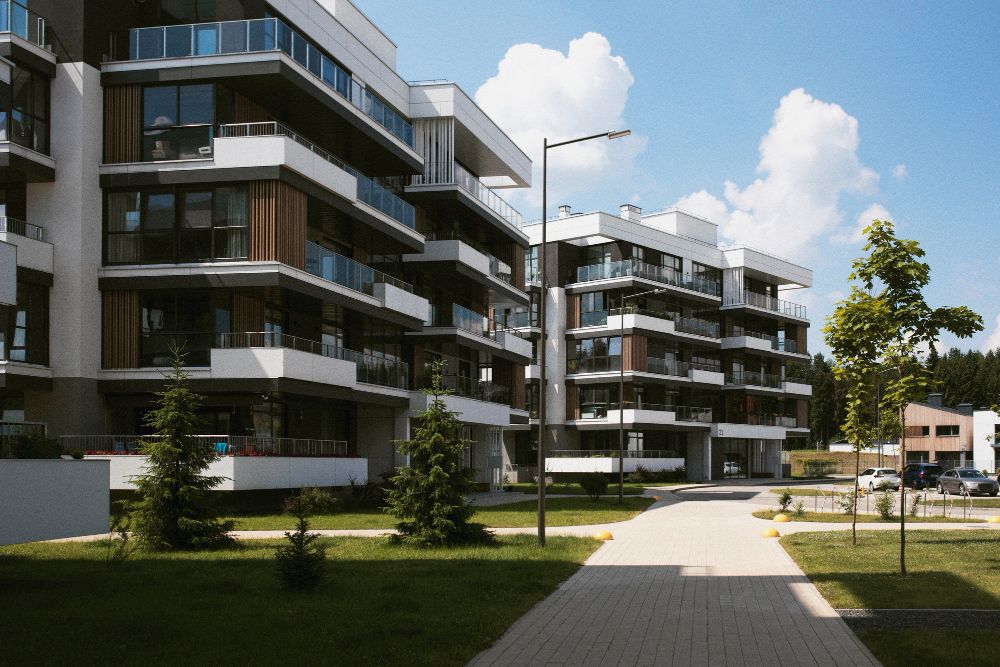In the world of architecture and construction, industrial buildings play a crucial role in providing functional spaces for a wide range of commercial activities. These structures must not only be durable and efficient in terms of design, but must also be adapted to the specific needs of the industries they will house.
In this post, we explore the key aspects of industrial building construction that ensure their success as highly functional workspaces.
En esta entrada, exploramos los aspectos clave de la construcción de naves industriales que garantizan su éxito como espacios de trabajo altamente funcionales.
Functionality
One of the most critical aspects of industrial building construction is functionality-focused design. Every industry has specific requirements in terms of space layout, ceiling height, accessibility for heavy vehicles and location of doors and entrances. A well-thought-out design takes these needs into account and creates a space that optimises workflows and operational efficiency.


Material Selection and Durability
The choice of materials is a key factor in the durability and strength of an industrial building. Materials must be able to withstand environmental conditions such as temperature and humidity changes. Steel structures are popular due to their strength and ability to span large spaces without the need for many internal pillars. In addition, the choice of appropriate thermal and acoustic insulation systems can improve indoor comfort and energy efficiency.
Energy Efficiency and Sustainability
In modern construction, energy efficiency and sustainability are important considerations. Incorporating daylighting systems, efficient ventilation and renewable energy options can reduce long-term operating costs and lessen environmental impact. Well-designed industrial buildings can maximise the use of natural daylight during the day, reducing reliance on artificial lighting.
Adaptability and Future Expansion
A company’s needs may change over time, so adaptability and expandability are essential in the design and construction of industrial buildings. Considering the possibility of future expansion without compromising structural integrity allows companies to grow without having to build from scratch again.

Conclusion:
At the heart of every successful industrial building is the experience and vision of committed construction companies, such as Altamira Constructora.
With an outstanding reputation in the marketplace, Altamira Constructora has proven its ability to translate the unique needs of its clients into functional, high-quality industrial buildings. Their focus on collaboration, attention to detail and implementation of the latest innovations in the construction industry makes them a trusted company in creating exceptional industrial spaces that drive long-term commercial success.
In short, industrial building is an art that combines design, functionality, sustainability and entrepreneurial vision. Each structure is a testament to the collaboration between architects, engineers and construction companies committed to delivering spatial solutions that drive efficiency and industrial growth.





